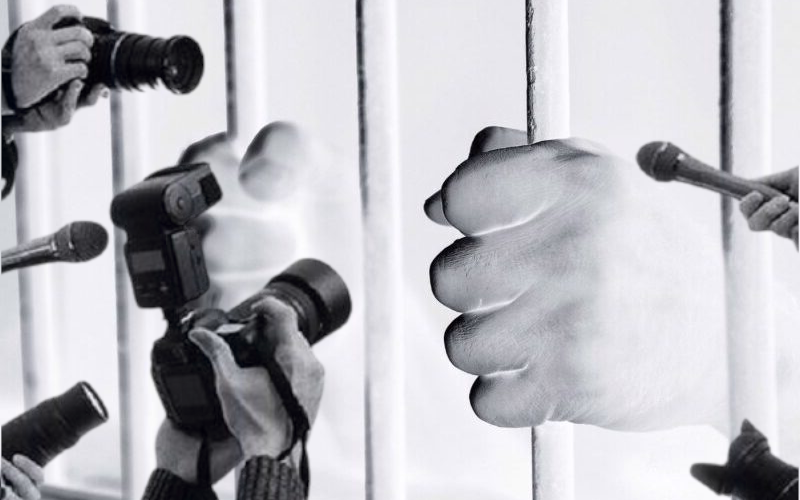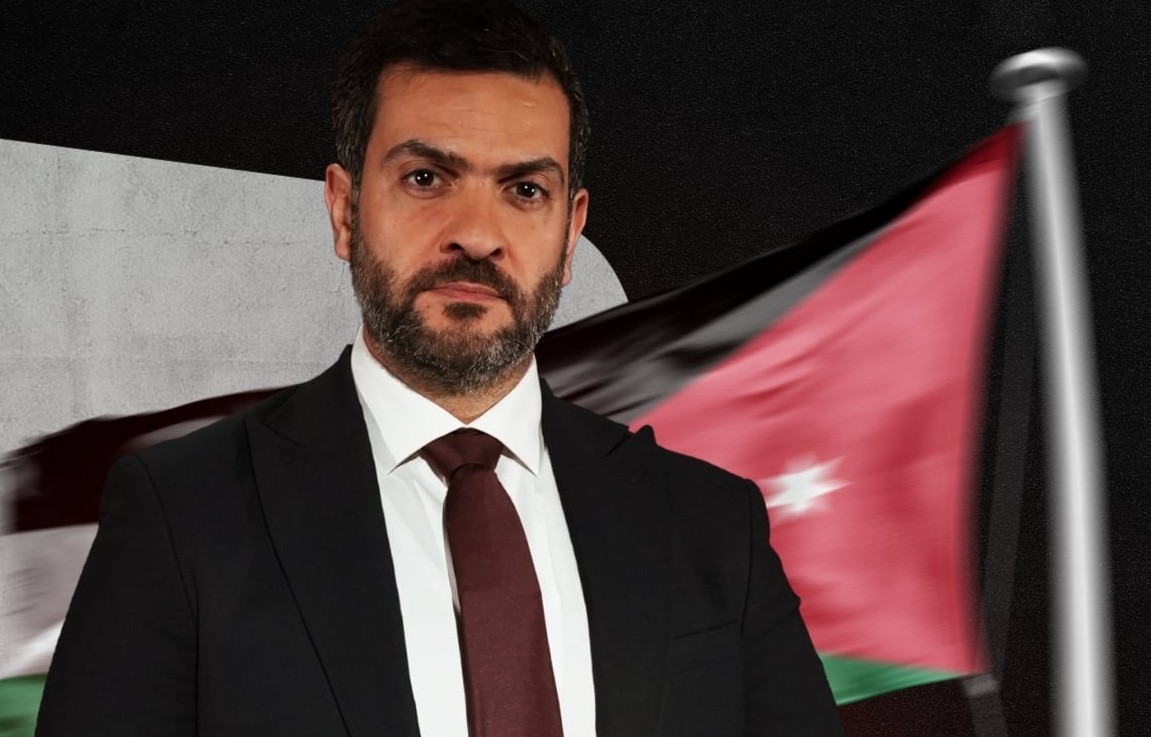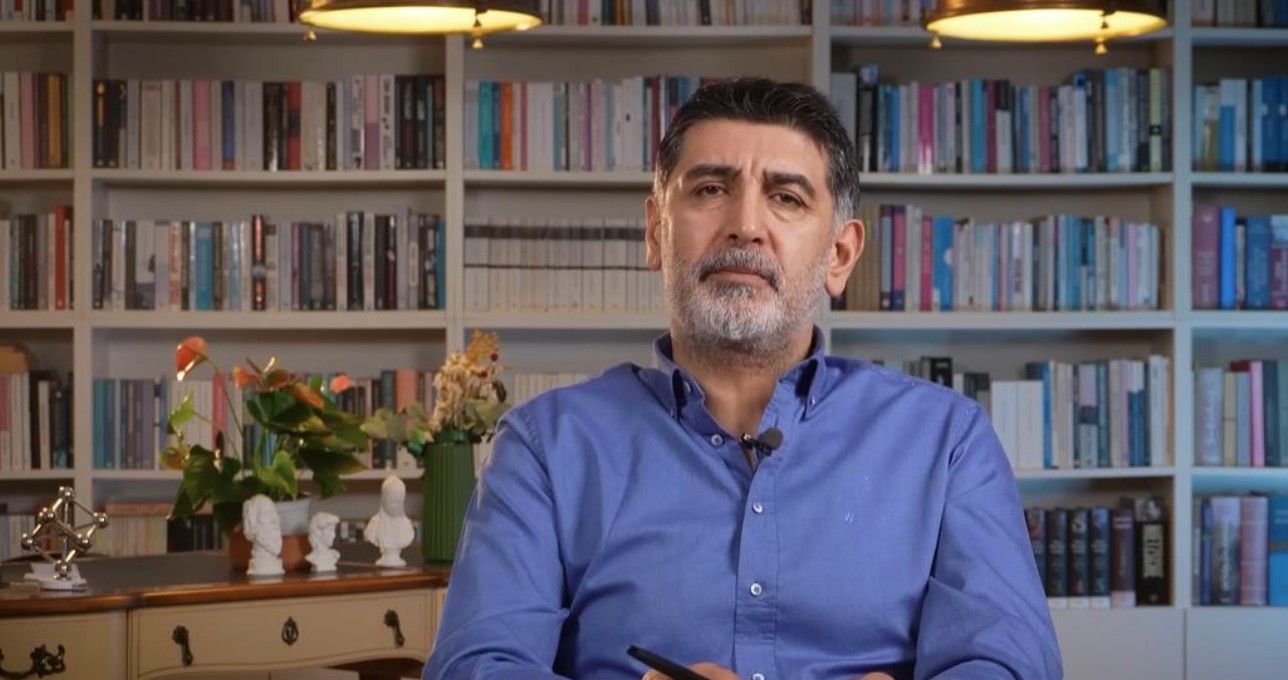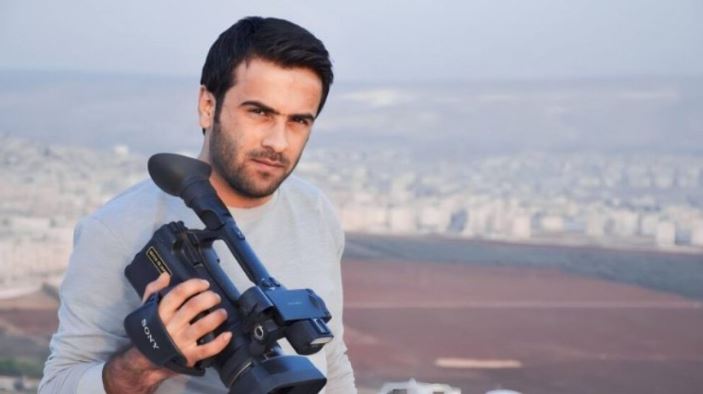
KDP Holds Roj News Editor Suleiman Ahmed Without Evidence for Over a Year
November 3, 2024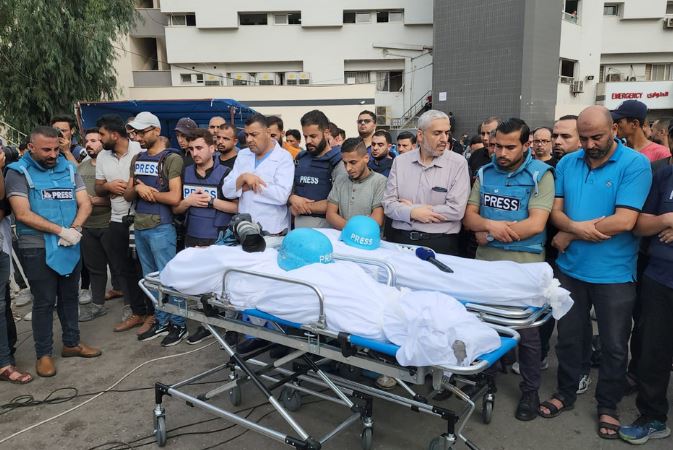
Gaza Becomes World’s Deadliest Zone for Journalists
November 3, 2024November 3, 2024 – Iran –
The International Day to End Impunity for Crimes Against Journalists cast a spotlight on Iran’s worsening media suppression, where the daily reality for journalists is arrest, torture, and even death. Human rights monitors and press-freedom researchers revealed a multi-pronged assault: journalists face arbitrary detention, flogging, threats to families, and violent raids on homes, reflecting a brutal effort to crush independent reporting.
This crackdown extends far beyond Iran’s borders. Leaked court documents from early 2024 exposed that the judiciary is issuing judgments in absentia targeting exiled journalists, highlighting Tehran’s transnational reach. Meanwhile, Western intelligence agencies have confirmed threats lodged against Iran-origin media professionals living abroad.
According to Reporters Without Borders, Iran now ranks among the world’s most repressive regimes for media, placed 176 out of 180 countries in its 2024 Press Freedom Index. It is also one of the top jailers of journalists globally.
The situation has worsened since the 2022 “Woman, Life, Freedom” protests. Amnesty International reports continued arbitrary arrests, torture, and executions targeting protesters and journalists, without any credible investigations or accountability. In 2024 alone, at least 125 journalists—about 40 of them women—were prosecuted for their reporting, as documented by the UN.
A recent IFJ statement emphasized that new arrests stemming from June 2025 military tensions further restrict freedom of expression. Journalists have been detained, summoned, or threatened, with family members targeted to exert psychological pressure.
Experts warned on November 2 that impunity for crimes against journalists entrenches authoritarian control. Iran’s public and secretive repression strategies—ranging from on-the-ground violence to digital surveillance and cross-border harassment—are designed to eliminate dissent and media accountability.
Bottom line: For Iranian journalists, press freedom is fading under a barrage of government oppression and systemic impunity. Unless Iran undergoes substantial legal reform and stops targeting media workers—domestic or exiled—it will continue to be one of the world’s most dangerous places for journalism.
Reference –
‘They see us as targets’: Iran’s Brutal Repression of Journalistic Freedom

